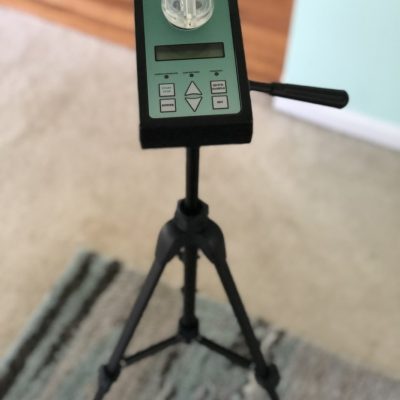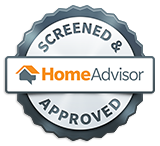NYS DOL Mold Remediator #01483
Mold remediation is defined as the processes by which a room or items within a structure are thoroughly and specially cleaned and sanitized. This is explicitly done to kill existing mold, stop the spread of mold, and prevent mold from returning. This process can also include removing building materials that have been contaminated, such as drywall or flooring, and rebuilding them using mold-resistant best practices to safeguard your property. Mold remediation is a service that is essential in ensuring that your home or business remains safe from mold. If left unattended, excess moisture in basements, attics, crawlspaces, bathrooms, kitchens, and more can be the perfect breeding ground for mold to grow, thus taking over your living or working space. Mold remediation works to combat this occurrence, so the integrity of your space and health are not compromised.
NYS DOL Mold Assessor #MA01962
Purchasing a property with a serious mold issue can be an ongoing expense. It could also result in a complete structural overhaul including the removal of walls, floors and structures where the fungus has migrated out of sight.
We offer comprehensive solutions to test for and detect mold and the risk of mold growth.
Using the latest technology and a highly trained eye, our mold assessor can determine the presence of mold with ease and efficiency. Any findings of mold will be documented and recorded in our individual client reports. We provide every customer proof of the problem including the extent of damages and the potential cost for repairs.

Air samples can be used to gather data about mold spores present in the interior. These samples are taken by using a pump that forces air thru a collection device which catches airborne fungal spores. These samples are then sent to the lab to be analyzed. Results of air sample will indicate mold levels and species. A minimum of two tests are necessary for a comparison of interior air versus exterior air to determine if air quality is safe.

The swab test involves a Q-Tip swab encased in a tube with liquid medium. The swab is introduced to the visible mold on a surface. The swab is then sent to the lab for analysis. Swab sample results will indicate mold levels and species located in suspect area.

This test involves a piece of tape, which is introduced to visible mold on a surface then placed on a slide for analysis. The tape lift result will indicate species of mold located in suspect area.



